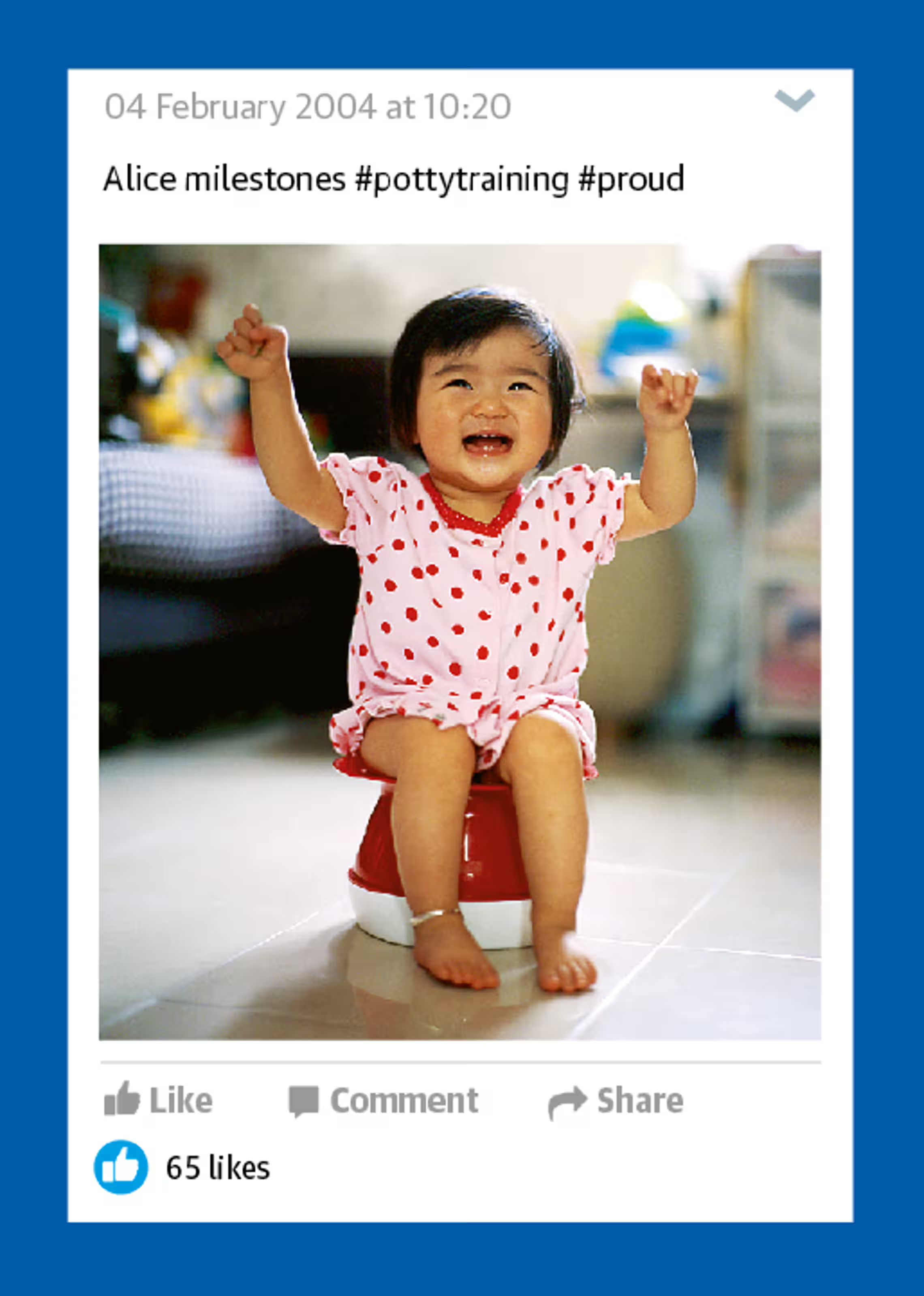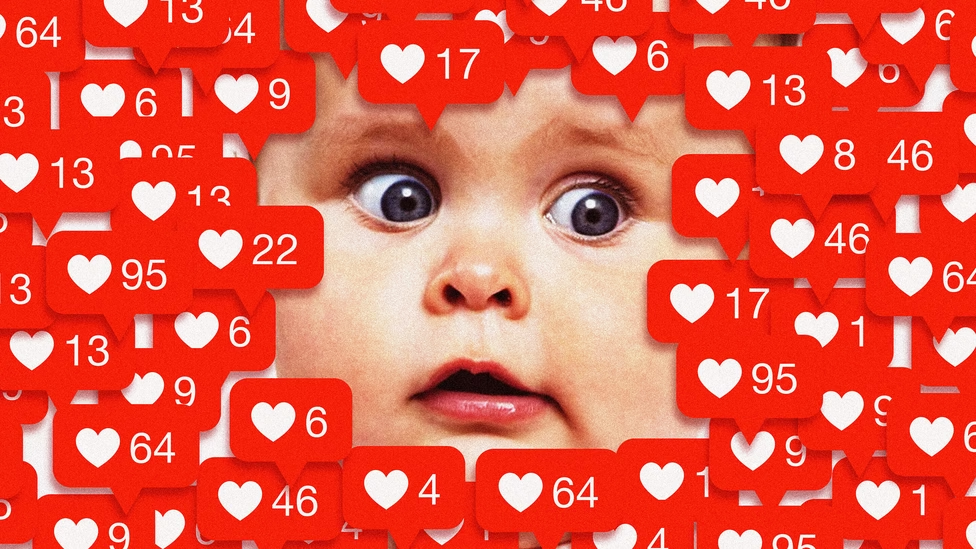One thing I hate to see on my timeline is content made by or centred around kids. Mommy influencers, “kidfluencers” and videos of children’s vulnerable moments, filmed and posted by their parents – all this content feels invasive, wrong, and deeply unsettling, especially when you realise that children are too young to fully understand, let alone consent, to having a digital presence. While social media has undeniably become a part of modern childhood, offering a space to connect and share, it has also opened the door to new forms of exploitation.

The exploitation of children for entertainment isn’t something new. In the early days of Hollywood, child actors were often treated as commodities, pushed to endure busy schedules and exposure to the adult world from a very young age.
Many of these children grew up battling mental health issues, addiction, and financial instability, all stemming from the pressures they faced in the industry. The examples are numerous – Macaulay Culkin, Natalie Portman, Judy Garland and so on. Despite knowing the harsh realities of these stories, it seems we’ve failed to learn from them, as history is repeating itself with kidfluencers.
Today, social media has taken this exploitation to a more subtle, under-the-radar level. Parents are now creating social media profiles for their children – often before the kids are even old enough to understand what that means – using them to generate revenue through brand deals, merchandise, and appearances. While some may claim this is helping children achieve their dreams, the reality reveals that most often it is the parents who benefit financially, not the child. And even if the child ends up benefitting financially, they are still exploited because they couldn’t and didn’t consent to the exposure.
What kids do online doesn’t fit the traditional definition of “work”, and there is no genuine employer-employee relationship involved. Furthermore, the activities they engage in on camera often resemble normal childhood behavior, conforming to the idea that it shouldn’t be classified as work and lacks any emotional significance for the child. That however is far from reality. One very important point made by the YouTuber The Financial Diet in this video is that whenever you know you are being filmed, your actions become performative to some extent. As a result, these children, sitting in front of a camera for a significant part of their lives, begin to act in a performative manner, losing an essential part of childhood: the ability to be unapologetically themselves and carefree.
Of course, one of the most concerning aspects of this modern-day exploitation is the financial one. Much of the income generated by child influencers might fail to end up supporting the child themselves, but rather go towards their guardians. This lack of financial security can be devastating, especially for a child who spent their formative years in the public eye but walks away with none of the earnings generated. A great example of a kidfluencer generating loads of revenue is @RyansWorld on YouTube. With almost 38 million subscribers today, 12-year-old Ryan Kaji earned an estimated $22 million in 2018. Having such high stakes on the table creates a constant pressure to produce content.

But are there laws protecting these kids?
Coogan’s Law, for example, serves as a model for how modern lawmakers can better safeguard children in the film industry. The law was inspired by the case of child actor Jackie Coogan, who found out at 21 that his parents had spent all the money he had earned throughout his career. To prevent this kind of exploitation, the law requires parents to set up a protected trust account where a portion of the child actor’s earnings must be saved until they turn eighteen. However similar laws protecting child influencers are still a rarity.
More recently, in 2020, France introduced new legislation (effective as of April 2021) aimed at addressing the “Kidfluencer” trend. The proposed legislation, known as the “Exploitation of the Image of Children on All Online Platforms Bill”, aims to safeguard the earnings of children under 16 by ensuring that any money they make is protected. This law also reinforces the “right to be forgotten,” which obligates social media platforms to remove content featuring children if requested by the child themselves.
Much of the shady business surrounding kidfluencers often goes unnoticed because their audience is, unsurprisingly, other kids, and their content rarely appears in the feed of the average adult. Therefore its important to be aware that the exploitation of children in the social media realm is an actual issue with serious consequences.



This is a very current topic and I believe also a very pressing one. Not too long ago Demi Lovato (who was a child star) and an American Governor signed a law that explicitly protects child influencers, which you mention being a rarity (https://www.gov.ca.gov/2024/09/26/governor-newsom-joins-demi-lovato-to-sign-legislation-to-protect-the-financial-security-of-child-influencers/). Part of it is actually an expansion of the Coogan law!
While I think legislation like this definitely does help kidfluencers, I agree with you that these children are exposed to harm in more ways than just monetary. I think there should be laws prosecuting the parents of these children, especially in cases such as baby videos being shared to a clearly unsavory audience. These parents ignore all warning comments, and I don’t think they should be allowed to play innocent.
I’m interested in seeing how all of this develops, and perhaps on the POV of these children once they grow up.